Mini-Symposia Confirmed (07/10/2019)

Mitsuyoshi Akiyama
Waseda University
Tokyo, Japan

Dan M. Frangopol
Lehigh University
Bethlehem, USA
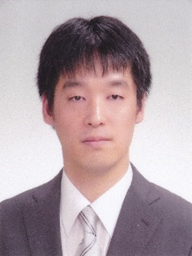 Hiroshi Matsuzaki
Hiroshi MatsuzakiTohoku University
Sendai, Japan
The aim of this Mini-Symposium is to attract papers that deal with the use of advanced computational and/or experimental techniques for evaluating the life-cycle performance of aging structures and infrastructures in an aggressive environment. For these structures, multiple environmental and mechanical stressors lead to deterioration of structural performance. Such deterioration will reduce their service life and increase the life-cycle cost associated with maintenance actions. This Mini-Symposium covers current theoretical and experimental efforts made in the assessment and future prediction of performance, maintenance and strengthening of structures and infrastructures in an aggressive environment.

Edwin Reynders
KU Leuven
Leuven, Belgium

Geert Lombaert
KU Leuven
Leuven, Belgium

Eleni Chatzi
ETH Zürich
Zürich, Switzerland

Costas Papadimitriou
University of Thessaly
Volos, Greece
A main goal of vibration-based structural health monitoring and damage identification is assessed structural condition via vibration signatures. For civil structures response-only data is often used due to difficulties associated with forced excitation of large structures. This followed by inference of grey/black-box models, or updating of physics-based models. This mini-symposium welcomes novel contributions on vibration-based structural health monitoring, damage identification and parameter, input and load estimation, using black-box as well as physics-based models. Relevant topics include linear and nonlinear system identification, parameter and state estimation, model updating and correlation, optimal experiment design, and the exploration of novel sensing techniques.

Jie Li
Tongji University
Shanghai, China

Xiangling Gao
Tongji University
Shanghai, China
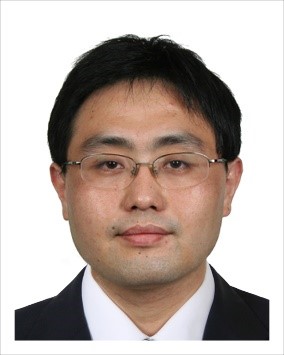
Xiaodan Ren
Tongji University
Shanghai, China
Reinforced concrete (RC) structure has been extensively used in the civil engineering. However, owe to the corrosive medium in the atmosphere, underground water, sea water and deicing salt, durability and bearing capacity of the reinforced concrete structure are facing challenge. The service year of the RC structure cannot satisfy the designed service life. To this end, models and methods to describe the performance of concrete, steel bar and time-dependent reliability during structural life-cycle is the main topic. Those who have been working on related fields are cordially invited to exchange their ideas and research outcome in this mini symposium.

You Dong
The Hong Kong Polytechnic University
Hong Kong, China

Dan M. Frangopol
Lehigh University
Bethlehem, USA
Due to the frequent occurrence of hazards and their effects on life-cycle performance, sustainability, risk, and resilience issues have become increasingly important. Considering climate change effects, hazard intensity and probability of simultaneous occurrence of multiple hazards are expected to increase. This mini-symposium brings together researchers from academia and industry to address problems of structural design, safety, and management under multiple natural hazards in a life-cycle context. Potential topics include: vulnerability and risk assessment, performance-based engineering, and hazard mitigation and management. Emphasis will be placed on topics dealing with effects of multiple hazards, climate change, risk assessment, cost-benefit analysis of adaptation, and life-cycle engineering. Practitioners as well as researchers in the areas of structural and sustainable engineering are encouraged to participate.

Frank den Heijer
HAN university of applied sciences
Arnhem, the Netherlands
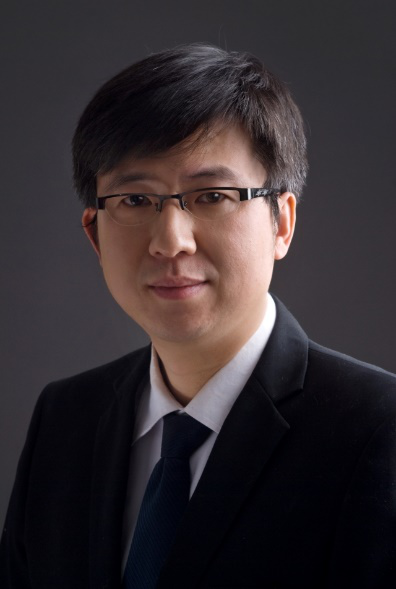
Wen Xiong
Southeast University
Nanjing, China

Hiroshi Yokota
Hokkaido University
Hokkaido, Japan

Markus Hoffmann
Vienna University of Technology
Vienna, Austria
A large amount of civil infrastructure in the public domain has flood risk reduction, water management, navigation or mobility related functions, or a combination of these. Existing infrastructure generally has long life spans and is not always designed to adapt for changes in use, climate or regulations. A considerable part of the infrastructure is reaching the end of its service life. Considerable investments are required for building, renovating and maintaining these infrastructures.
This Mini-Symposium will focus on the life cycle assessment and management of infrastructure like dikes, bridge piers/piles, sluices, locks retaining walls, sewage and drinking water, harbor infrastructures, reservoirs and dams, etc; The focus of their management is shifting from condition and risk management, to predictive and adaptive management and from asset level to system or regional level. These trends require to search for smart solutions from technical, financial and governance point of view, to meet present day adaptive, societal and environmental requirements. The objective of this Mini-Symposium is to collect and exchange best approaches and innovative practices in Life-Cycle Engineering in water infrastructure.
The papers in this Mini-Symposium will show:
new Life-Cycle management approaches to the problem, like adaptation pathways for changing demands and requirements, scenario analysis, societal cost benefit approaches, system optimization and planning;
new Life-Cycle engineering approaches for life time prediction: intervention levels, deterioration models, inspection and monitoring;
new life time extension approaches: condition assessment, repair and renovation techniques, design, probabilistic modeling and maintenance optimization.

Y.Q. Xiang
College of Civil Engineering and Architecture, Zhejiang University
Hangzhou, China

Qingtian Su
Tongji University
Shanghai, China
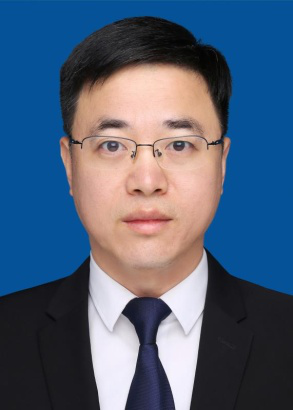
Gang Wu
Southeast University
Nanjing, China
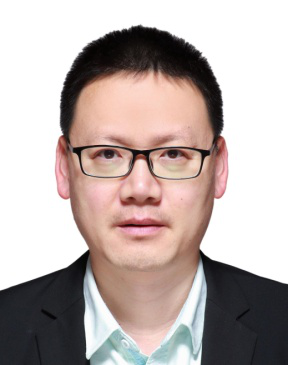
Yu Chen
College of Civil Engineering, Fuzhou University
Fuzhou, China
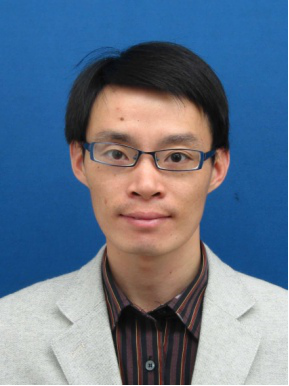
Jin-feng Wang
College of Civil Engineering and Architecture, Zhejiang University
Hangzhou, China

Yuliang He
School of Civil Engineering, Shaoxing University
Shaoxing, China
Presently, due to the advantages of composite structures they are widely used in bridge engineering. With the application of HPC, UHPC and HPS in composite bridge, this composite structures are endowed with new vitality and more convenient application. The Mini-symposia (MS) on Composite Structures will emphatically discuss some of key Issues related to study and advancement on life-cycle performance of steel-concrete composite structures and to share recent advancements. It will focus on:
A : Performance of new composite material and structures
B : Life-cycle behaviour and analysis of Steel-HPC and UHPC composite girder bridges and structures
C : R & D of new shear connector in composite structures
D : Fatigue performance of composite girders and structures
E: Durability of composite girders and structures

Tobia Zordan
Bolina Ingegneria Ltd.
Venice, Italy
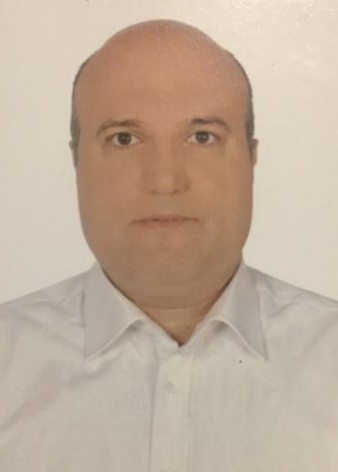
Alp Caner
METU
Ankara, Turkey
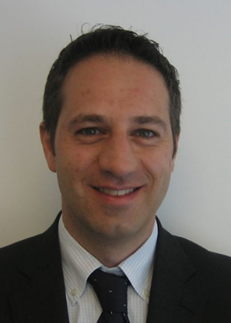
Matteo Gaiardo
AECOM
Los Angeles, USA
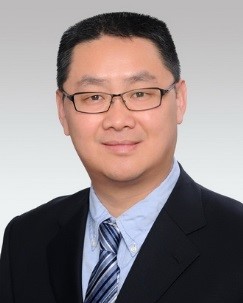
Xin Ruan
Tongji University
Shanghai, China
Keeping the function of buildings and infrastructures uninterrupted is of significance to their long-term service performance. As buildings and infrastructures are influenced by environment all the time, it is necessary to study the characteristics of environment and its possible effect on buildings and infrastructures. The concept of Value Protection of built environment deals with a number of uncertainties related to life-cycle and risk assessment and represents an interesting issue both for new buildings and infrastructures and for existing ones. For engineers as well as for any stakeholders involved in constructions process, this topic represents a real key-feature for a sustainable development, especially for seismic areas and, in general, for areas/single constructions exposed to extreme events (natural or caused by humans).
The aim of this Mini-Symposia is to bring together researchers in related field to share their accomplishments, findings and ideas. Contributions on but not limited to Value Protection, life-cycle management, sustainable development, and effect of extreme events on buildings and infrastructures are welcome.
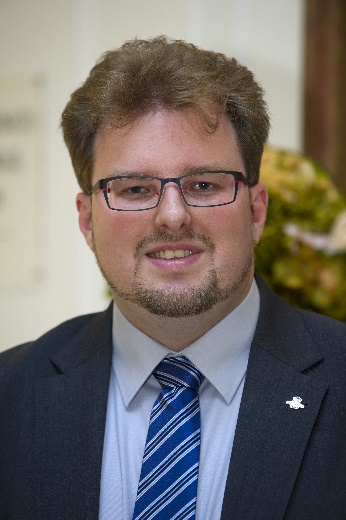
Robby Caspeele
Ghent University
Ghent, Belgium
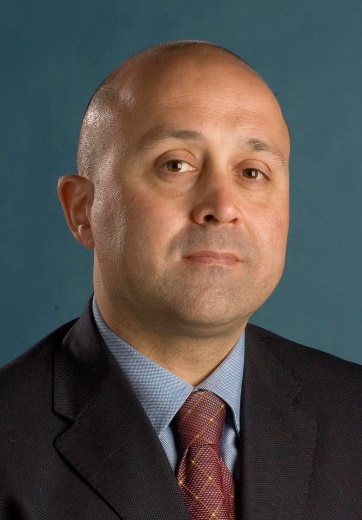
Fabio Biondini
Politecnico di Milano
Milano, Italy
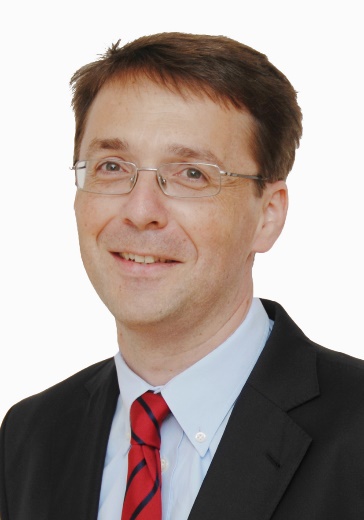
Alfred Strauss
University of Natural Resources and Life Sciences
Vienna, Austria
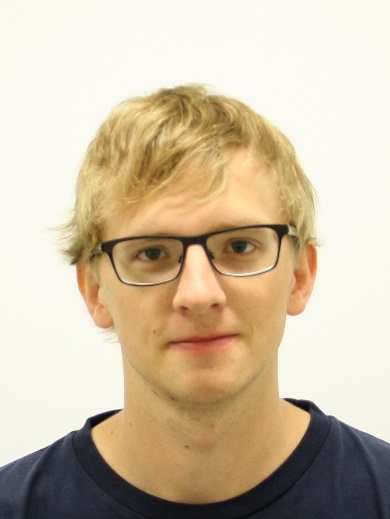
Wouter Botte
Ghent University
Ghent, Belgium
Current practice on the assessment of existing concrete structures subject to aging, deterioration and damage processes often lacks thorough life-cycle reliability and risk-based evaluations. The assessment is often performed on the basis of guidelines which rely on the (subjective) experience of the investigator and improvements are necessary to quantitatively incorporate in this process available data and results from inspection, monitoring and/or laboratory investigations.
In this mini-symposium, focus is given to new developments in relation to:
Modelling of deterioration processes and associated structural responses of concrete structures;
Development of quantitative methods to assess existing concrete structures in relation to reliability and risk-based performance criteria;
Application of Bayesian updating approaches to incorporate and exploit information from inspections, monitoring and/or testing for updating instantaneous and time-dependent performance predictions;
Modeling of spatial variability in properties and degradation of concrete structures in relation to performance predictions;
Time-dependent performance prediction approaches;
Conceptual assessment strategies;
Case studies.
Novel hydraulic structures;
Theoretical analysis and numerical simulation of hydraulic structure under different loadings;
Durability issues of the hydraulic structures;
Project management and quality control;
Influence of hydraulic engineering on ecology.
The mini-symposium will also report on advances and new developments within fib and SEI/ASCE technical committees working on life-cycle assessment of existing concrete structures.

Jiazeng Shan
Tongji University
Shanghai, China

Chia-Ming Chang
National Taiwan University
Taiwan, China

Maria Pina Limongelli
Politecnico di Milano
Milan, Italy
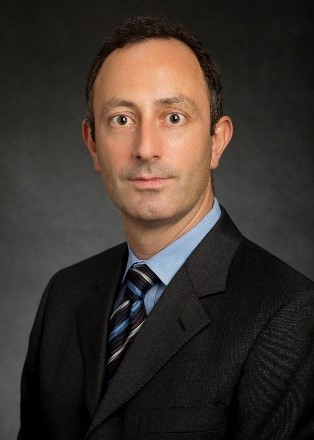
Paolo Gardoni
University of Illinois at Urbana-Champaign
Illinois, USA
In recent years, infrastructure deteriorations and failures induced by natural hazards have drastically increased, due to the combination of a lack of adequate maintenance and disastrous events.
Structural Health Monitoring (SHM) can actively address these issues, contributing to the essential understanding of real-world behavior, validation of design assumptions, establishment of baseline modeling, assessment of structural performances and support of life-cycle management.
The aim of this Mini-Symposia is to bring together experts in SHM systems, performance assessment and risk management in various fields, in order to share knowledge and ideas and to foster future collaborations.
Contributions on SHM-supported performance assessments of structures and infrastructures are welcome, with the focus on both the theoretical progress and on real-world implementations.

Zhidong Zhang
ETH Zürich
Zürich, Switzerland

Chunsheng Zhou
Harbin Institute of Technology
Harbin, China

Ueli Angst
ETH Zürich
Zürich, Switzerland
Durability of reinforced concrete structures is closely related to transport-related phenomena, such as moisture, gases, ions, reactive transport, and heat transfer. Over recent years, the understanding of transport phenomena, in terms of experimental techniques, modelling methods, and fundamental theories, is largely improved. Therefore, this session will provide a forum for experts and researchers who work on transport-related phenomena to discuss recent developments in the following topics, but not limited to:
New findings from experiments
Advanced modelling methods
Development in fundamental theories of transport phenomena
Recent application of transport theory in engineering

Kunitomo Sugiura
Kyoto University
Kyoto, Japan
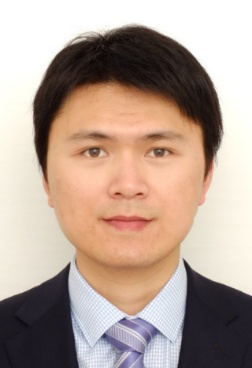
Chen Xu
Tongji University
Shanghai, China

Weiwei Lin
Aalto University
Finland

Junyan Wang
Tongji University
Shanghai, China

Zhiqi He
Southeast University
Nanjing, China
Development and applications of composite structures\materials have been increasingly considered for the bridge construction, maintenance and rehabilitation, while the reliability and efficiency have drawn great concerns as a field in the research frontier. In this case, this session covers but not limit to the discussions on the innovations and applications of the high performance composite members, cementitious or FRP materials on the development of bridge construction efficiency, smart and reliable life-cycle maintenance and rehabilitation techniques. Besides, state-of-the-art studies concerning the topic is also covered in this special session.

Minjuan HE
Tongji University
Shanghai, China
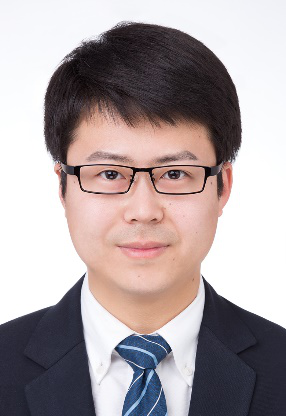
Zheng LI
Tongji University
Shanghai, China
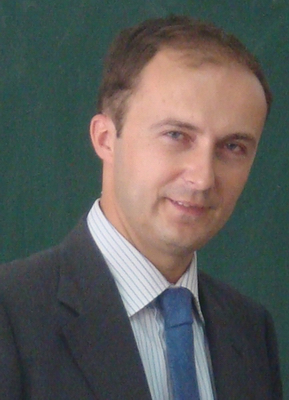
Bruno Briseghella
Fuzhou University
Fuzhou, China
As a natural material, the long-term mechanical behavior of wood and engineered wood products has an obvious time-dependent performance. The load resisting capacity of timber structural members will decrease when they are subjected to long-term sustained load, and such phenomenon is mainly caused by the damage accumulation in the material. This session tries to provide recent cutting-edge research outcomes for the assessment and evaluation of life-cycle performance of timber and timber-hybrid structures, which will support the development of fundamental theories and applications of life-cycle civil engineering technologies.

Chunsheng Wang
Chang’an University
Xi’an, China

Weizhen Chen
Tongji University
Shanghai, China
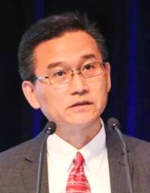
Yi Edward Zhou
AECOM
Los Angeles, USA

Bin Cheng
Shanghai Jiao Tong University
Shanghai, China
Innovative techniques of inspection (monitoring), evaluation and strengthening play significant roles throughout the life cycle of existing bridges. These techniques affect maintenance strategies and inspection intervention and cost. The objective of this session is to highlight the new progress of these techniques, both in scientific research and practice. It provides the opportunity to propagandize and discuss innovative techniques regarding inspection (monitoring), evaluation and strengthening techniques of existing bridges, which related but not limited to the following topics.
Innovative inspection (monitoring) methodologies and techniques such as laser scanning and photogrammetry, 3D object recognition/ modeling, impact echo, electrical resistivity, ultrasonic surface waves, ground penetrating radar, and other innovative methods.
Technological convergence, advanced methods and concepts such as sharing, data modeling, AI and IoT applications in evaluations for existing bridges.
Innovative strengthening techniques such as cold strengthening, composite strengthening and other methods.
Conference Secretariat IALCCE 2020
Powered by Weicheng

